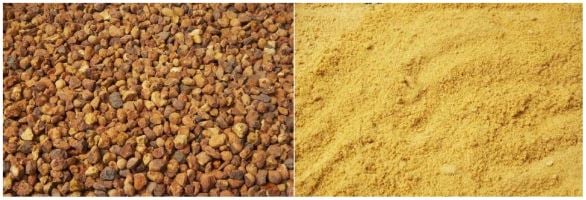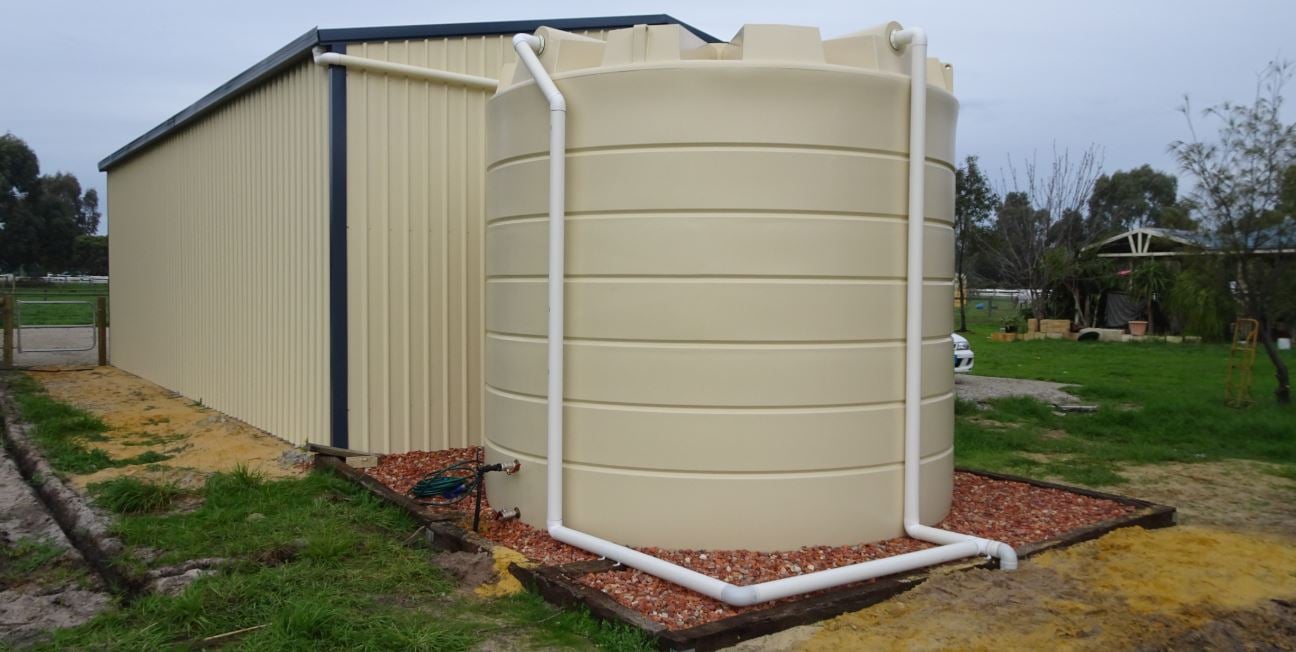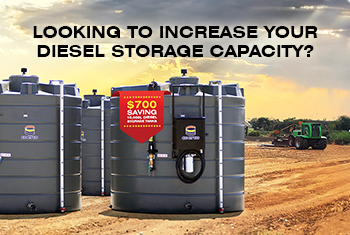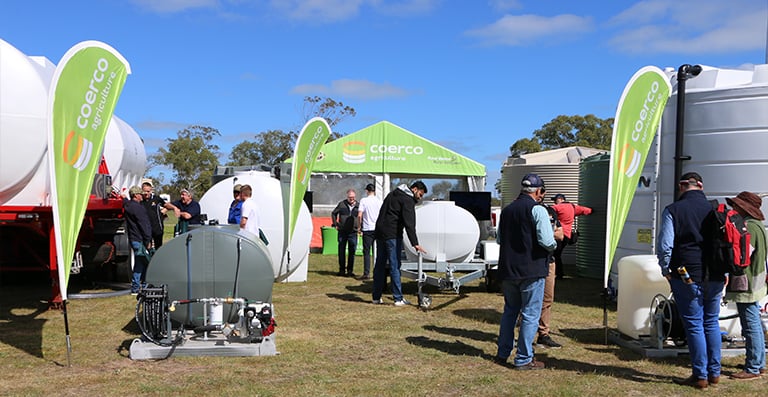Preparing the base for your rainwater tank is one crucial step in the installation process. A less than ideal base or pad can wreak havoc on your rainwater tank over time.
In this article we’re going to cover the types of bases/foundations that are appropriate for poly water tanks as well as tackle guidelines specific to their construction.
Water Tank Base: Why It’s Important
Firstly, why is the base of the water tank important?
A water tank filled to the maximum with water is extremely heavy. 1,000 litres of water is equivalent to 1 tonne. Thus, an appropriate foundation that can carry the weight of the tank when full is crucial.
Factors That Determine Water Tank Foundation
- Cost – crusher dust and sand are cheaper than concrete. Take this into account when calculating a budget for your overall water tank cost.
- Water system – e.g. gravity-fed systems may require an engineered tank stand if a natural slope isn’t available
Finally, what type of material should you consider for the base? Read on for the most common foundations appropriate for poly water tanks.
Types of Bases Suitable for Poly Rainwater Tanks
- Concrete
- Gravel
- Sand
- Crusher Dust
- Dirt/Clay
- Other: Tank stands
Rainwater Tank Base Preparation
Concrete
If constructed properly, concrete is the most long-lasting and stable of all bases. It’s also the more expensive out of all other types.
If you’re capable (have the skill set and equipment) of building a foundation made of concrete, then you can go ahead and do so. The safest option, however, is to hire a professional builder to do it for you.
Your concrete base must be 75 – 100 mm or 3 – 4 inches thick. Also consider utilising a driveway mesh or rebar as this will help stabilise your concrete foundation and help lessen the possibility of cracks.
Once the construction is done and the concrete is dry, make sure to sweep the concrete to remove any debris.
 Left: Water tank on concrete; Right: Water tank on gravel
Left: Water tank on concrete; Right: Water tank on gravel
Gravel
In contrast to sand (discussed below), gravel - particularly pea gravel - has lesser erodibility, and is thus able to retain its shape with heavy rains and strong winds better than sand. It’s also reasonably priced which makes it an ideal base for poly rainwater tanks.
Download this Free Report

When using gravel as foundation, consider building a frame in which the pea gravel can be poured into. Gravel must be levelled and compacted before having your poly water tank positioned securely on top of it.

Gravel (left) and sand (right)
Sand
Sand is one of the cheapest options for a poly water tank base, but it does come with its drawbacks in some cases. For instance, extremely loose or fine sand can be a problem during heavy rainfall, or even during strong winds.
This is because sand has a greater erodibility than course gravel. However, erodibility decreases when sand is mixed with gravel, clay and other organic material. Erodibility also depends on the degree of soil compaction and the particle size of the soil (e.g. particle size of at least 0.84 mm = low wind erodibility).
Don’t worry, though! The above information is just a side-note. To eliminate the issue of erosion, sand can be contained in timber or any other appropriate edging/frame (either rock, concrete).
The sand base must extend at least 300 mm (12 inches) from the side walls of your tank and must be 70 - 75 mm (3-4 inch) deep. Same rule applies for crusher dust.
Crusher Dust
Crusher dust, as a by-product of mining/ quarrying, is another cheaper alternative. However, crusher dust must be boxed in with a frame (just like sand) or any other appropriate material to prevent it washing away during rainy seasons.
Crusher dust must be buried to a depth of 70 – 75 mm, free of debris that might penetrate the tank, and compacted before use.
Dirt / Clay
Using dirt or clay can be like using sand in that they can erode faster than you’d like during heavy rainfall. Like sand, crusher dust and gravel, dirt or clay is best supported with a frame (either timber, rock, concrete).
Tank Stands
As mentioned earlier, if you want a gravity-fed system, then you need a tank stand.
Consider hiring a qualified engineer for the design of your stand to ensure that it can carry the tank's weight when filled to capacity.
Rules for tank stands:
Decking: Not more than 50 mm (2 inches) apart
Plumbing up: Flexible hose approximately 300 mm (12 inches) in length from the ball valve (flexible hose absorbs shock and movement better than rigid hoses and is more suitable for poly water tanks)
Overflow: Should be piped away from the tank to avoid jeopardising/eroding the base
Pipe works: Support pipe work off the stand, not off the tank
Points to remember:
- Regardless of the material, the ground must be compacted prior to the construction of any type of base (e.g. ground must be compacted before laying down the crusher dust).
- Also, regardless of the material you choose, the resulting base must be level, flat and clean, with emphasis on compaction when it comes to sand/gravel/crusher dust.
It goes without saying that in order to avoid jeopardising the structural integrity of your poly water tank, site preparation, choosing the appropriate material for the base and employing best methods in constructing the foundation will help you dodge unnecessary repairs down the line.
Related article:
Water Tank Installation: Can I Move My Tank After It's Delivered?
Water Tank Installation Cost and Preparation to Take Note Of









What do you think about this post?
Comments